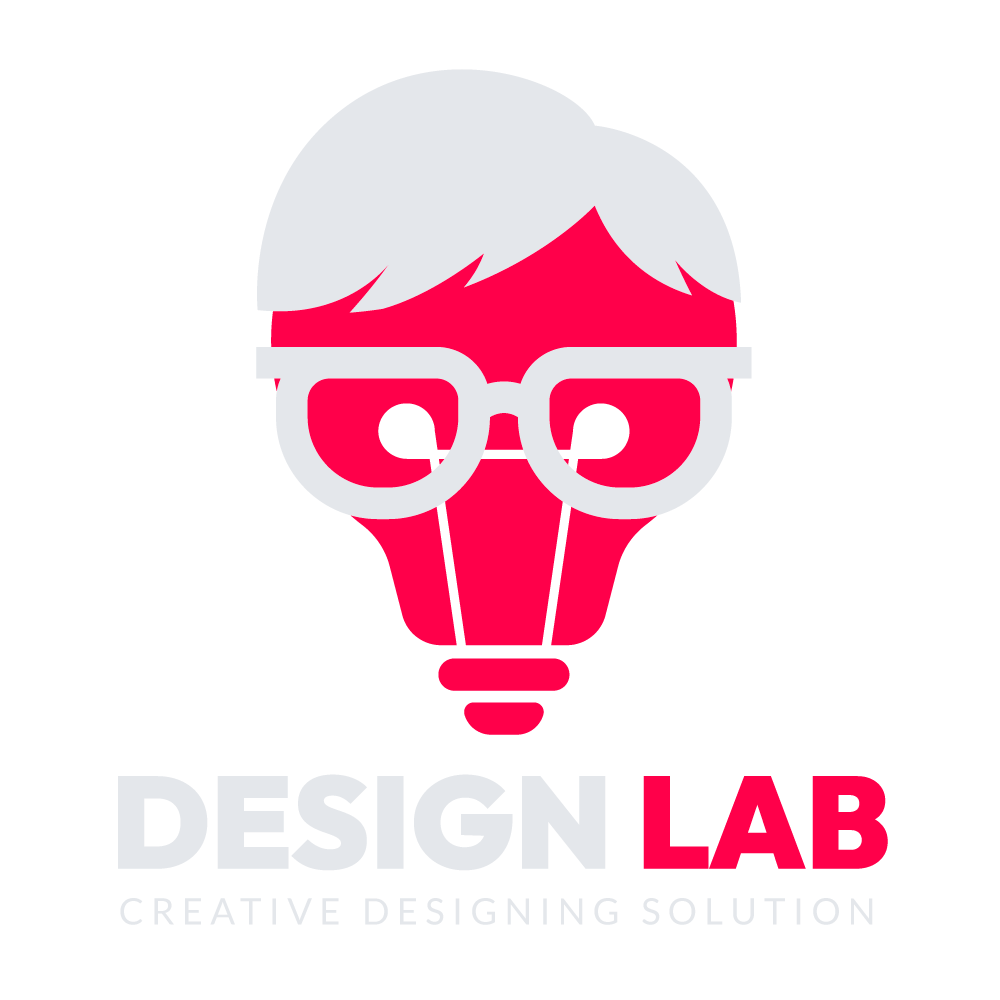Have you ever wondered what makes an app intuitive, a website engaging, or a product simply delightful to use? The answer lies in the invisible magic behind the scenes – the power of UX User Experience Designer.
If you’re intrigued by the potential to shape user experiences and influence how people interact with digital products, then becoming a UX User Experience Designer could be your calling. This exciting field offers a rewarding career path, fueled by creativity, empathy, and a passion for problem-solving.
But where do you start your journey to becoming a UX Hero? Let’s embark on an exploration of the skills, tools, and pathways that can equip you for success in this dynamic field.
Unveiling the UX User Experience Designer: Essential Skills for Your Transformation
Mastering the art of UX requires a unique blend of hard and soft skills:
- Empathy: Understanding user needs and motivations is the core of UX. Cultivate your ability to step into the user’s shoes and see the world through their eyes.
- Problem-solving: UX is about identifying and creatively addressing usability challenges to create seamless experiences. Hone your analytical thinking and design thinking skills.
- Communication: Effectively collaborate with stakeholders, communicate design decisions, and articulate user insights. Both written and verbal communication are crucial.
- Visual design: Basic understanding of visual design principles and tools like design software can complement your UX skillset.
- User research: Learn to gather data through user interviews, surveys, and usability testing to inform your design decisions.
Building Your Arsenal: Essential Tools for the UX Journey
A variety of tools are available to aid UX professionals in their endeavors:
- Prototyping tools: Tools like Figma, Adobe XD, and InVision allow you to create interactive prototypes to test and refine your design ideas.
- Wireframing tools: Wireframing tools like Balsamiq and Mockplus help you visualize the basic structure and layout of your design.
- User research tools: SurveyMonkey, UserTesting, and Hotjar are just a few tools that facilitate user research and data collection.
- Design thinking tools: Tools like Miro and Mural promote collaborative brainstorming and design thinking sessions.
Charting Your Course: Pathways to Becoming a UX User Experience Designer
There’s no single path to becoming a UX Designer. Consider these options:
- Formal education: Enroll in a UX design bootcamp, certificate program, or even a full-fledged degree program.
- Self-learning: Utilize online resources, tutorials, and courses to equip yourself with the necessary skills.
- Portfolio building: Build a portfolio showcasing your design projects and problem-solving abilities.
- Networking: Connect with other UX professionals through online communities and attend industry events.
Remember, the journey to becoming a UX Hero is a continuous learning process. Stay curious, experiment, iterate, and most importantly, never stop user-centric thinking!
This blog post serves as a stepping stone on your exciting UX journey. Remember, becoming a UX hero is an active process, so start exploring, learning, and creating today!
